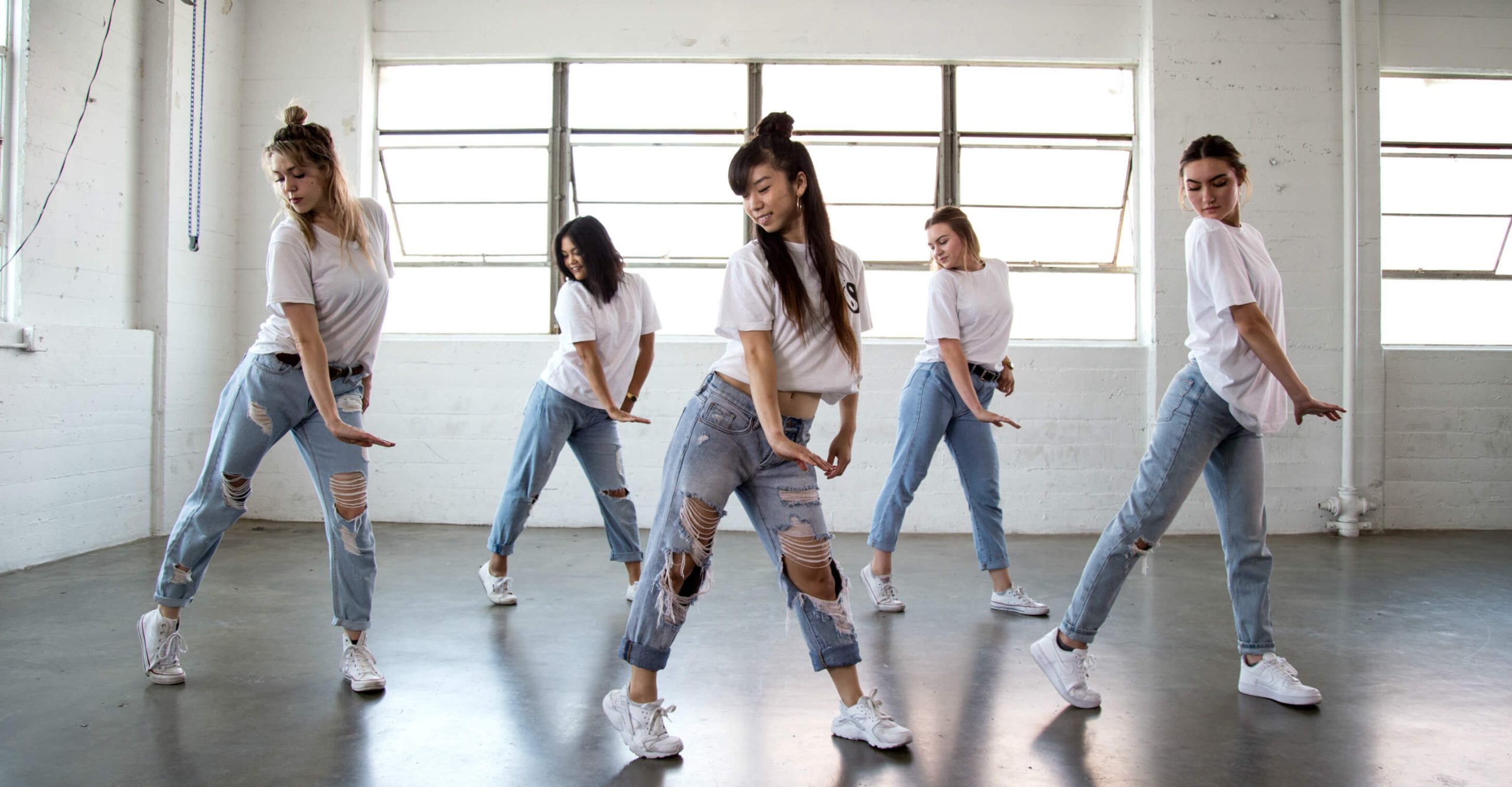The Vaganova method is a renowned classical ballet training system that originated in Russia. Developed by Agrippina Vaganova, a legendary ballerina and teacher, this method emphasizes precision, technique, and artistry in ballet performance.
Key Principles of the Vaganova Method
- Precision and Technique: The Vaganova method places great importance on technical precision and accuracy in ballet movements. Students are taught to execute each step with clarity, control, and grace.
- Musicality: Dancers are trained to interpret music expressively and to move in harmony with the rhythm and tempo of the music.
- Artistry: The Vaganova method emphasizes the development of artistry and expressiveness in ballet performance. Dancers are taught to convey emotions and stories through their movements.
- Discipline and Dedication: The Vaganova method requires a high level of discipline, dedication, and commitment from students.
Vaganova Schools and Companies
- Vaganova Academy of Russian Ballet: Located in St. Petersburg, Russia, this prestigious academy is one of the most renowned ballet schools in the world.
- Kirov Ballet: The Kirov Ballet, formerly known as the Mariinsky Ballet, is a world-renowned ballet company based in St. Petersburg. It is known for its strong tradition of classical ballet and its commitment to the Vaganova method.
- Other Vaganova-Based Schools and Companies: The Vaganova method has influenced ballet training in many other countries, and there are numerous Vaganova-based ballet schools and companies around the world.
The Legacy of the Vaganova Method
The Vaganova method has had a profound impact on the world of ballet. It has produced countless talented dancers and choreographers, and its influence can be seen in the work of many ballet companies around the globe. Today, the Vaganova method remains a cornerstone of classical ballet training and continues to shape the future of the art form.



